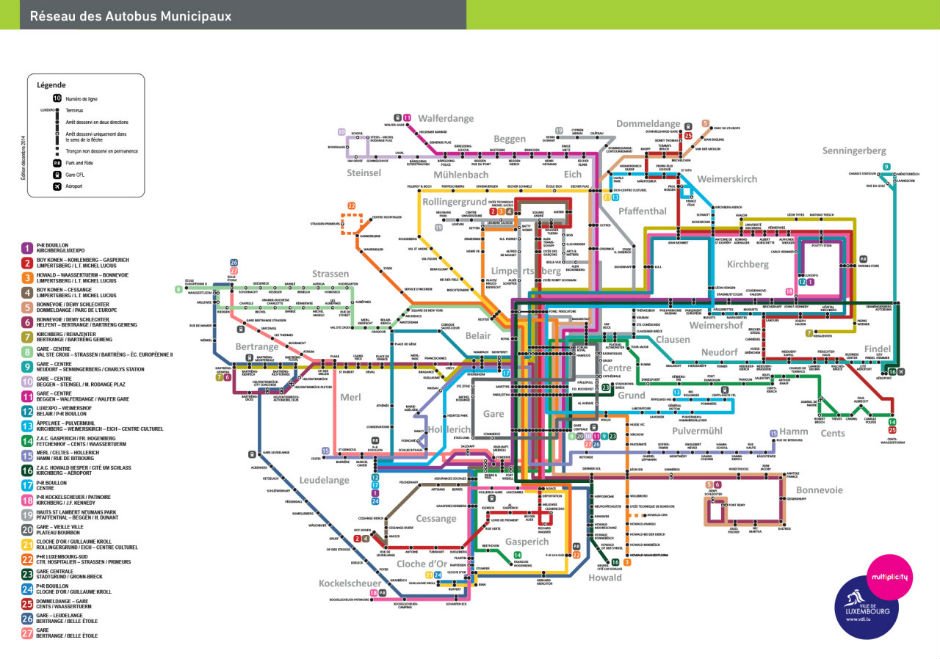UPDATE: Uber contacted me in response to this post and told me that the advertisement it describes had been taken down. This response was very encouraging. This post remains as part of the record, but if you read it, please also read my follow-up, here.
Can we stop pretending that Uber doesn’t want to destroy our high-capacity transit systems? Because this ad really clears up any doubt, doesn’t it?

So Uber isn’t even just trying to attract customers off of buses. This ad shows that it wants them off the subway too. In this implied vision of the future, most useful transit systems die from elite apathy once the elites are all on Uber. From this we can deduce that Uber’s notion of the ideal city includes:
- moving people from big vehicles (transit) into more numerous small ones (Uber), and therefore …
- increasing the total volume of vehicle traffic, which is to say, increasing congestion, … which means:
- creating a new imperative to wipe out sidewalks, parks, bike lanes so as to make room for all these cars, and also
- destroying one of the last few places in the city where a millionaire might sit next to the guy who washes dishes in her favorite restaurant, thus achieving an even more perfect state of rigid class segregation. In this world, a majority who can’t afford Uber has no good transport options and is therefore pushed further away from the sources of opportunity that they could use to improve their lives.
I apologize if I sound like a killjoy, but the logic here is as firm as the logic behind climate change.
When corporations state their intentions this clearly — especially if those intentions line up with universal corporate goals of growth and profitability — we should believe them. We should believe that Uber, given the chance, really would lead us into the dystopia of gridlock and class segregation that this ad implies. And when it comes time for transit agencies to make deals with these organizations, they should know who they’re dealing with.
And yes, when I really need ridesharing (only after checking the transit options first), I prefer Lyft for now, a company that actually seems to respect public transit and wants to complement it rather than destroy it. And I look for the local companies that are doing the same things.
Because every purchase you make is a statement about what kind of world you want, regardless of whether you mean that consciously.
A response from Uber would be welcome, but really, this ad says what it says, doesn’t it?



